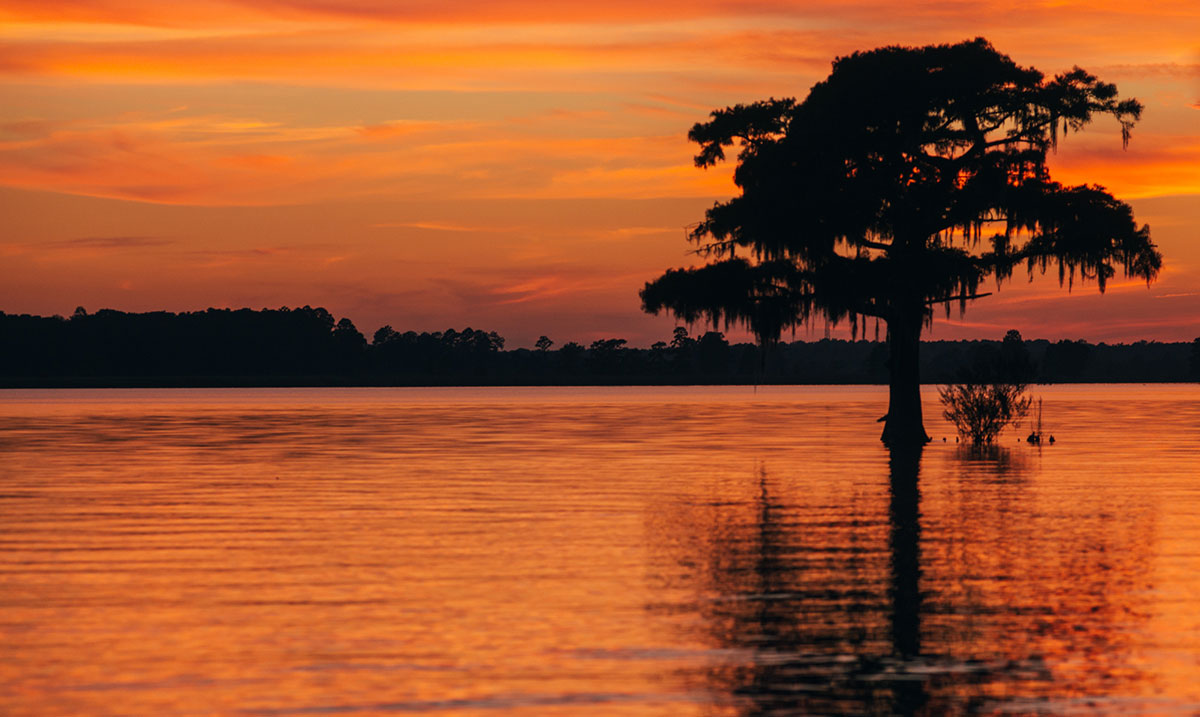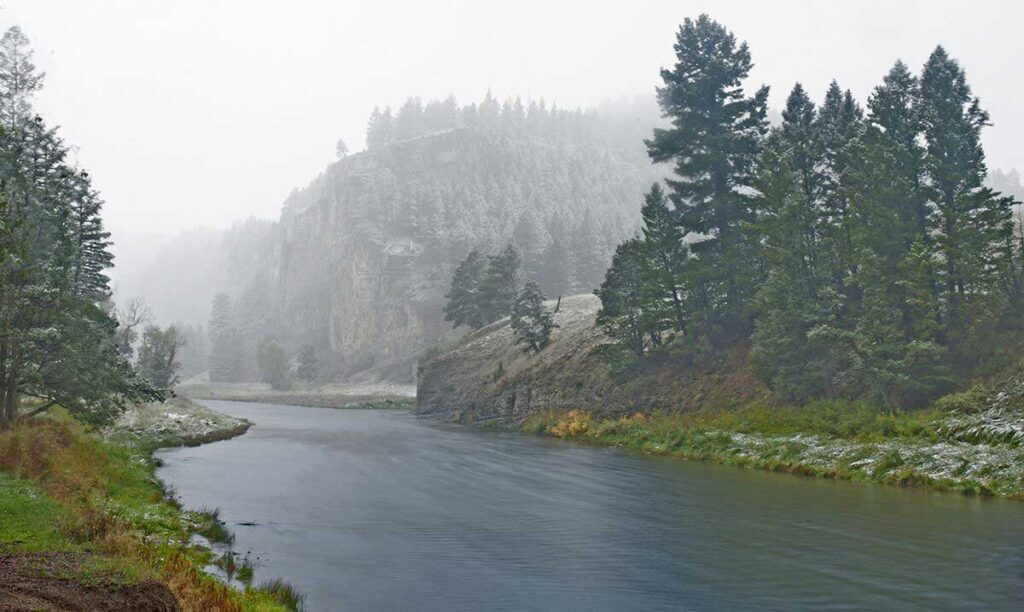sample page – Landing

Georgia’s Flint River is a haven of biodiversity, a gem of the Georgia outdoors, and a hard-working river all in one – but it is showing the strains brought on by a changing climate. With increasing frequency and severity, the river withstands floods and droughts that are made more difficult by land development and water use throughout the river basin. The Flint can remain resilient to these challenges, but it needs our help today like never before.
This is a section title
The Flint’s headwaters are in Metropolitan Atlanta, its source found among urban streams that flow in pipes beneath Atlanta’s international airport, one of the busiest in the world. Unlike most rivers in the region and indeed the nation, there are no dams on the Flint from its source to more than 150 miles downstream. The river is free-flowing from its headwaters far into its lower basin in southwest Georgia. And it is nearly unique in the Southeast for another reason, too: no mill city ever sprang up along its banks in central Georgia, where the Flint travels from the rolling hills of the Piedmont to the flatlands of the Coastal Plain. The lack of a mill city is something of an accident of history—it is probably largely thanks to the limestone shoals of the lower river, which prevented 19th and 20th century commercial river traffic from moving upriver.

Did You Know?
-
90000
Estimated number of dams in the U.S.
-
1797
Dams removed since 1912
-
69
Dams removed since 2020
-
210
feet tall Largest dam removed
Replacing culverts
Few things have such a fundamental impact on a river as a dam. Dams block the movement of fish and other aquatic species, inundate river habitat, impair water quality, and alter the flow regime necessary to sustain river life. As dams age and decay, they can also become public safety hazards, presenting a failure risk and a dangerous nuisance.
Many, perhaps most, of the more than 90,000 dams in the country are no longer serving the purpose that they were built to provide decades or centuries ago.
There is no faster or effective way to bring a river back to life than removing a dam. American Rivers leads the nation in restoring rivers through dam removal.
We have directly worked on more than 200 dam removals and helped many other projects by assisting government agencies and nonprofits to expand their capacity to restore rivers through trainings and focused program assistance.

Replacing culverts
Few things have such a fundamental impact on a river as a dam. Dams block the movement of fish and other aquatic species, inundate river habitat, impair water quality, and alter the flow regime necessary to sustain river life. As dams age and decay, they can also become public safety hazards, presenting a failure risk and a dangerous nuisance.
Many, perhaps most, of the more than 90,000 dams in the country are no longer serving the purpose that they were built to provide decades or centuries ago.
There is no faster or effective way to bring a river back to life than removing a dam. American Rivers leads the nation in restoring rivers through dam removal.
Replacing culverts
We have directly worked on more than 200 dam removals and helped many other projects by assisting government agencies and nonprofits to expand their capacity to restore rivers through trainings and focused program assistance.
We have directly worked on more than 200 dam removals and helped many other projects by assisting government agencies and nonprofits to expand their capacity to restore rivers through trainings and focused program assistance.

